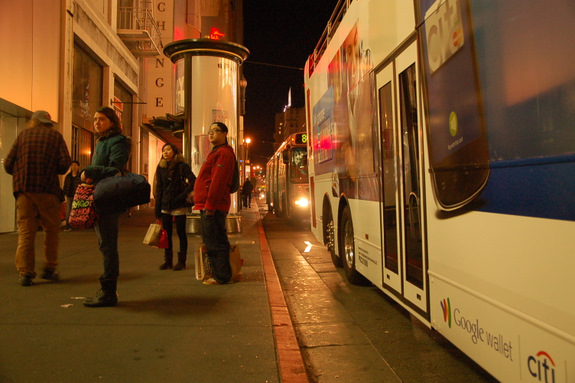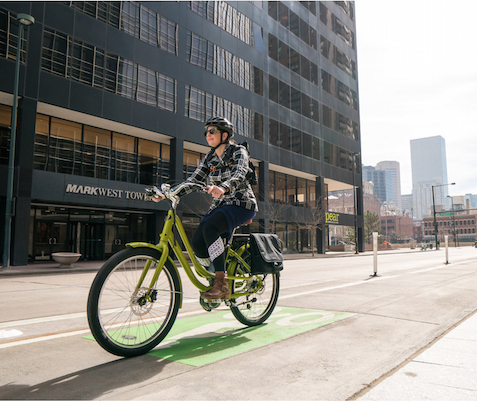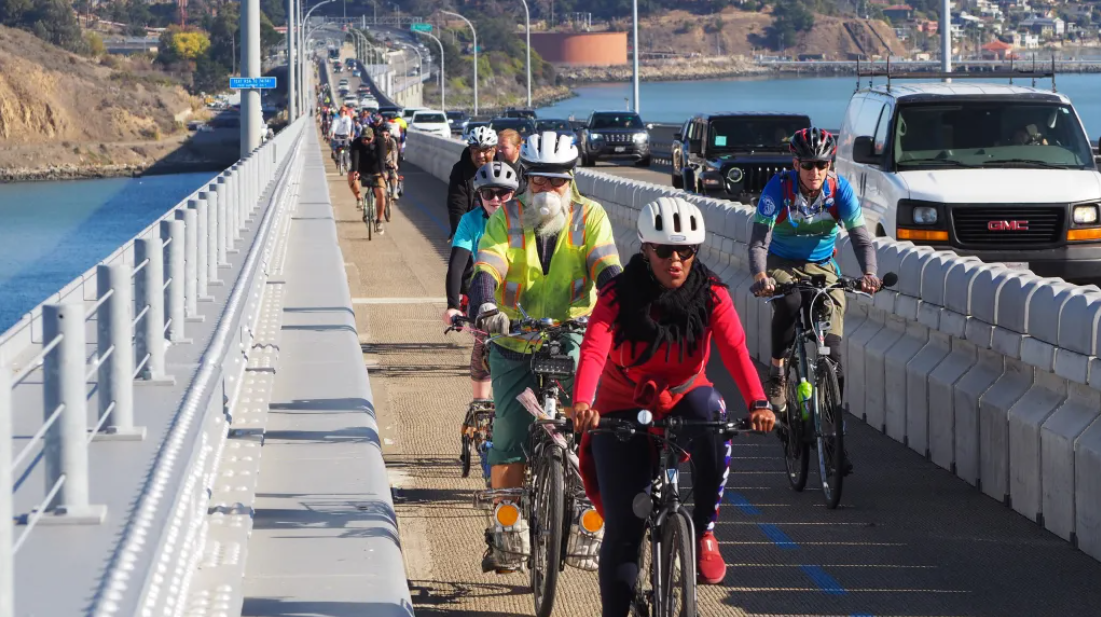Stockton Bus Riders Take a Back Seat to Central Subway Construction
2:27 PM PST on January 12, 2012
As if squeezing onto the 30-Stockton wasn't already undignifying enough, Muni riders on Stockton Street soon face a four-year detour to make room for the construction of the Central Subway project.
Beginning January 21, southbound buses on the 30 and 45 Muni lines will be detoured off of Stockton Street at Sutter Street -- a change likely to exacerbate delays on one of the city's most heavily-used transit corridors already notorious for its slow, overcrowded bus service.
The Central Subway, a $1.6 billion project which the San Francisco Municipal Transportation Agency (SFMTA) says is necessary to serve the needs of transit demand along the Stockton/Fourth Street corridor, isn't expected to open for at least eight more years. But while riders take a back seat during its construction, the agency has yet to indicate any interest in improving existing transit on the surface -- one of the major criticisms leveled against the Central Subway over the years.
Last July, the San Francisco Civil Grand Jury blasted the project in a report calling on the SFMTA to redesign it “to better serve the San Francisco population." The major problems cited included poor connectivity to major destinations and transit stations and a lack of "plans to address existing problems on the Stockton corridor before project completion."
"The problems have been noticeable, predictable, and no solutions have ever been offered," said Howard Wong of Save Muni, a "volunteer group of transit experts, public transportation supporters" which has lobbied the SFMTA to pursue surface transit improvements as a more useful and cost-effective alternative to the Central Subway to meet transit needs on the corridor.
The 30-Stockton, which runs through San Francisco's densest areas of Chinatown and Union Square, is widely known as one of the most overcrowded and slowest-moving buses in the city. A 2007 San Francisco Chronicle article cited its average speed at 3.6 mph between Market and Sutter Streets, and while more recent official data weren't immediately available, service doesn't seem to have improved. In the San Francisco Examiner's recent "Man vs. Muni" series, it was the first -- and last -- bus to be raced at a walking pace by transportation reporter Will Reisman. (Reisman won the second round.)
Although the Chinatown Community Development Center and other groups have voiced support for the Central Subway, some transit advocates say with or without the project, the more immediate needs of service on Stockton need attention.
"Stockton Street is the most hectic street in the city," said Robert Boden of the San Francisco Transit Riders Union (SFTRU). "Buses have to compete with delivery trucks, cars, and pedestrians, making it nearly impossible for Muni to run reliable service. Hopefully SFMTA will implement speed improvements to ensure buses move easily through Chinatown, providing riders with quicker travel times."

A report [PDF] released by Save Muni in November of 2010 included five near-term transit improvements that they say could speed bus service on Stockton:
Improvement 1: Deploy part-time loaders during peak times. Loaders would check fares and otherwise facilitate bus boarding through the rear doors. By making better use of the rear doors and by encouraging people to move quickly to the backs of buses, loaders could speed up the loading and unloading process. Loaders, strategically positioned at the four or five most congested stops in Chinatown during the busiest times of the day, would significantly enhance Muni service between Union Street and the Stockton Street Tunnel.
Improvement 2: Deploy low-floor buses along Stockton Street. Low floor buses make loading easier, safer and significantly faster. The current situation is severe enough to warrant the immediate procurement and deployment of enough lowfloor buses to end the inordinate loading delays that currently plague the riders of the 8x, 30 and 45 lines.
Improvement 3: Enable Stockton Street buses to pre-empt traffic signals. This long overdue improvement would facilitate better and more reliable bus flow during all hours of the day.
Improvement 4: Create a Southbound transit-only lane on Kearny. This would enable the southbound 8x bus to be rerouted fromColumbus/Stockton/Fourth to Columbus/Kearny/Market/Fourth. Simplifying the southbound 8x routing in this manner would provide northeastern San Francisco with a faster and more direct connection to Market Street and the Financial District. By removing 8x riders and 8x buses from Stockton Street while maintaining a robust Stockton Street 30 and 45 line service, it would also improve bus flow and ease crowding on Stockton.
Improvement 5: In order to calm traffic, improve the pedestrian orientation of the street and facilitate the flow of Muni buses, consideration should be given to altering the configuration of Stockton as Market Street was successfully altered last year.
"It almost seems that the MTA is purposely avoiding solving these problems," said Wong, "the very conventional management techniques that have been tried and true in transit systems throughout the United States and throughout the world."
SFMTA spokesperson Paul Rose said the agency has evaluated surface improvements as an alternative to the Central Subway, but they were "rejected from further evaluation...because they had fewer benefits in terms of service reliability and greater impacts on parking and traffic."
"The SFMTA considered and reviewed a range of transportation alternatives to provide public transit service that enhances and preserves the social, physical and environment aspects of the communities to be served while minimizing potential negative impacts during construction and operation of the line," he said. "Though the capital costs were less for a surface alternative than for a subway alternative, the surface alternatives only minimally met the project purpose and need and resulted in higher operation, maintenance costs and environmental impacts."
But Wong said the Central Subway, which will only extend as far north as Chinatown eight years from now, won't serve the bulk of the passengers that travel on the corridor from northern Chinatown, North Beach, Russian Hill, the Marina, and the Embarcadero.
"If they're saying they're never going to improve service for the bulk of the people in the northeast quadrant, then they're not doing their job," he said. "You have to have better, more dependable buses, because they're not going to walk a mile or two to the Central Subway station to ride half a mile."
The construction detour starting this month could add several minutes for riders as it reroutes buses onto Mason Street via Sutter, taking a sharp left onto Market and a right on Fifth Street all the way to the Caltrain station. Northbound buses will remain on their regular routes.
"Even a small change in a bus route can be confusing for riders at first," said Boden of SFTRU. "Hopefully this temporary re-route will allow riders of the 30 and 45 to have reliable service by avoiding the construction area."
In the meantime, measures to mitigate the transit impacts of the detour are limited to a supplemental shuttle for the 8x line which loops between Broadway and Kearny and SoMa. The shuttle "will continue to operate down Stockton Street during peak service hours until later in the construction schedule," said Rose.
However, the agency ultimately continues to rely on the Central Subway as the solution to the corridor's problems.
"We think that the only reason trial programs haven't been instituted is to create a sense of urgency to drain all the funds from the entire citywide Muni system to the Central Subway," said Wong. "I think that's disingenuous and dishonest to the ridership."
Stay in touch
Sign up for our free newsletter






